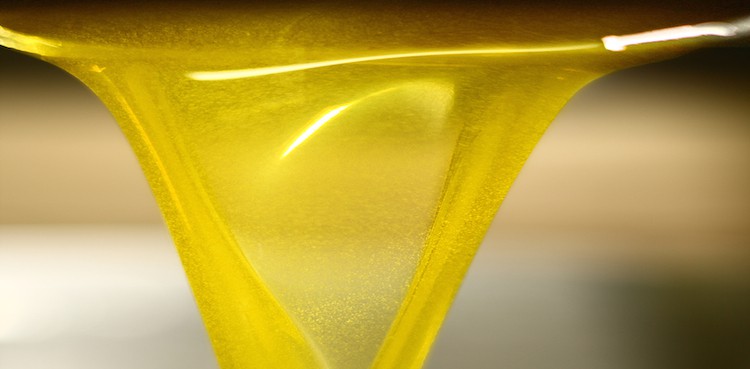
A study from Purdue University has identified a sixth addition to the sweet-salty-sour-bitter-umami pantheon. Oleogustus (from oleo and gustus, latin roots for “oily” and “taste,” respectively) refers to a fat-derived flavor distinct from our existing flavor vocabulary. When asked to sort samples into categories by flavor (with mouthfeel scientifically eliminated) the 102 participants succeeded in separating the flavor found in a vegetable oil from other bitter and umami samples.
The implications are complicated. The appeal of fatty foods is most associated with triglycerides, which are responsible for the creamy or greasy appeal of certain menu items. The triglycerides arrive in your mouth attached to three fatty acid chains. These chains are cleaved during chewing, leaving you with good-feeling triglycerides and bad-tasting fatty acid chains. That’s right—the fatty taste provokes an unpleasant response, and it even can raise the alarm that the food you are eating is rancid. This probably is an evolutionary adaptation: the breakdown of fats is a sign of food spoilage. Your tongue can only detect oleogustus if fatty acids are present at relatively high rates; the flavor is a litmus test for food safety.
What does this mean for cheese? You might recall that cheese is the product of microbial activity that also breaks down fats into smaller components. I’ve even written about the flavorful desirability of these processes—people seem to like their oleogustus in cheese. Two possible explanations for the flavor occur to me.
First, it’s possible that the true oleogustus flavor isn’t really what you taste in cheese. The study reports that the flavor is found in longer fatty acid chains but not shorter ones, which have more of a sour taste. Perhaps we design cheese to lie in the sweet spot between too oleogustus and too sour.
Second, it’s possible (likely, really) that we’ve trained ourselves to prefer a flavor that is supposed to be a warning. From the 17th century on, treatises appeared on “the aversion to cheese,” documenting widespread repugnance to the flavor and odor of cheese. Indeed, Harold McGee’s classic On Food and Cooking connects the process of making cheese to food spoilage. McGee thinks that cheese fans prefer partial spoilage, or controlled oleogustus. The French have a word for this (of course they do): pourriture noble refers to a particular grape fungus used in winemaking. It means “the noble rot,” which is a lovely way to think of cheese, too.
Learn more about stinky cheeses and become an oleogustus fan!
Feature Photo Credit: L’oro del Cilento! by Carmelo Domini | CC



